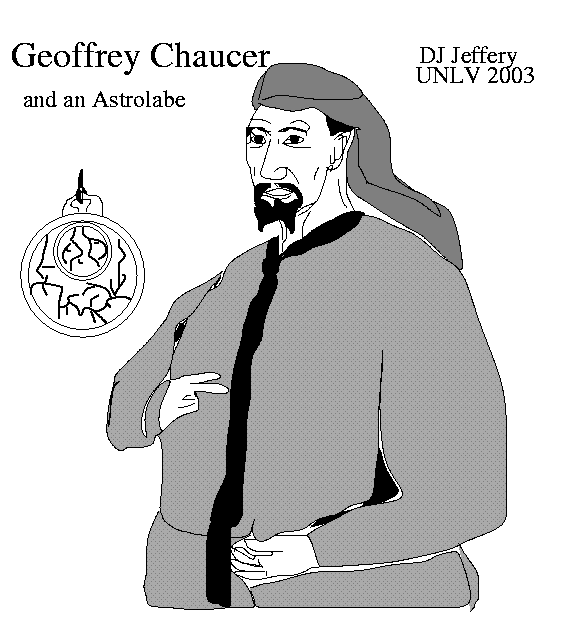-
Useful for some simple astro data.
The style of the book is a bit tedious: it reads like is
all an introduction or post-mortem to a narrative history that
hasn't been written.
H. Floris Cohen (Co-357
gives a lengthy critique of the book.
Pitt, William Pitt the Younger (1759--1806), British prime minister
1783--1801 and 1804--1806.
Pitt led the recover of Britain from the mismanagement and defeat
of the American Revolutionary war.
And they became war leader of Britain and to a degree of Europe
against Revolutionary-Napoleonic France.
Able, eloquent, and honest, he is generally considered to be
an outstanding prime minister.
He was also the youngest prime minister of Britain.
Undoubtably he owed his early rise (but not his rise per se)
to being the son of his father William Pitt, 1st Earl of Chatham,
an earlier outstanding prime minister.
Maybe the future is rosy: or to be less-cliched, roses all the way.
A popular account Stonehenge, Maya, and Inca astronomy.
A bit heavy on the praise for their interesting, but
modest astronomical achievments. The architectural
achievements of these ancient ones seem much more impressive to me.
A battered, thin, old paperback that I find a convenient
resource.
The real author is Newton, but all the apparatus is that
of the translators. It was a mistake of Newton to write in
Latin in the first place. Who cares what those dogs on the
Continent think anyway.
A reasonable intro astro book. Kaufmann has left this veil of tears.
A useful set of simple, cheap physics experiments.
Most are qualitative and not of use if quantitative
physics projects are needed.
Probably some useful simple, cheap physics experiments.
Important for specifying the role of printing in transforming
European and world history. As Eisenstein points out printing
is often cited as a key development, but without specifying
how it effected things. Quite frankly
much of the intellectual and, in particular, scientific development
since 1450 would not have been possible without printing.
It provided people with cheap abundant sources: they could
learn far more, they could see deficiencies and begin nonlinear
cycles of improvements, they could come to see that it was
profitable to publish secret methods not hide them.
Still printing is not itself a unique cause: the cultural
context is also key. In the pluralistic, relatively progressive
Europe, printing was explosively revolutionary. In China where
it came circa the 8th century, it tended to enhence conformity
and tradition due to tight political control and probably
non-political social factors.
Goldstein is the old classic of advanced classical mechanics.
Quite frankly his approach is probably out of date.
But there are still lots of good things in Goldstein.
Alas the 3rd edition is riddled with typos: almost one per page.
It's embarrasing really.
Seems a very good book on what the title says. For physicists
it may seem a bit wordy at times, but even physicists sometimes
need more than shorthand to understand sublte points.
Decent book on the physical sciences. A fair number of
typos and small errors. The cosmology part is badly dated even
for the publication year: the acceleration
of the universe is not noticed.
Famous, influential, controversial, dated?
Interesting, but you soon get bogged in springs and things.
Glib sometimes, even flippant, polemical, but it may
all be right as far as it goes.
Having good geography and climate helps. But the main thing
is cultural values: if you have the work ethic, are humane and
democratic, adopt rational means to worthy ends,
your country too can be rich.
A long read.
The A. is for Anton as in Astronomical Institute Anton Pannekoek
in Amsterdam. A classic, but dated, still it covers some ground
that won't be easily found elsewhere.
Presocratics to Copernicus with copious references and
a biographical dictionary.
This is solid, hardcore stuff without going on and on.
The CIE stanard human eye response curve is on p. 19.2
A good paper now getting somewhat dated. But I have a copy
of it.
A good popular short biography it seems to me.
Perhaps it lacks piquance and memorability.
Good on the romantic history of Mars. Lowell and canals
and all.
Seems a pretty authoritative synthesis by someone with
a strong mind of his own.
Seems a pretty authoritative synthesis by someone with
a strong mind of his own.
Probably the definitive Tycho biography.

It probably doesn't have a long shelf-life and the cliche style
annoys me although maybe its consistency is its saving grace, but
Vaitheeswaran may be right all along.
I think this is a pretty good bit of translation.
